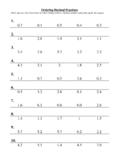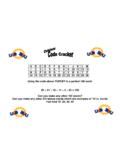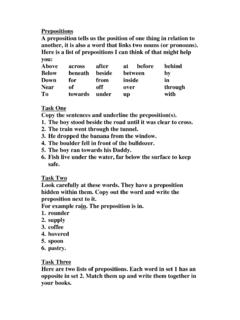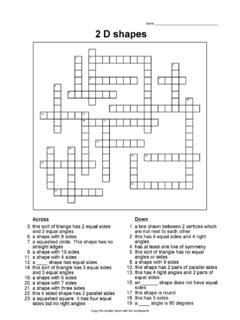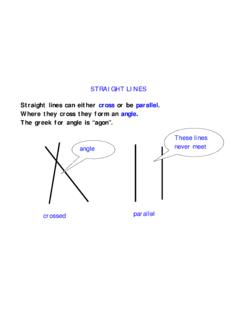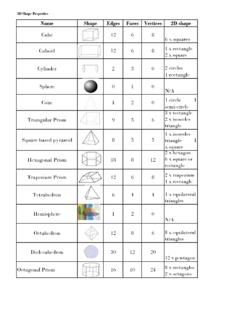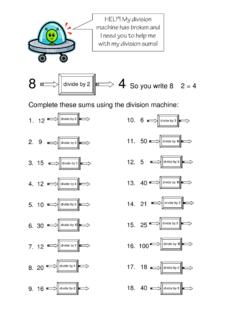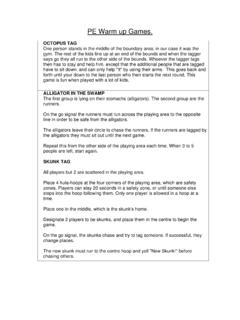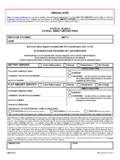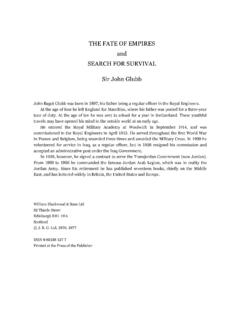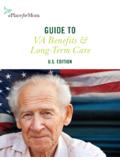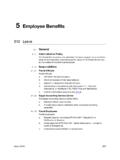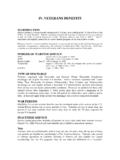Transcription of History Study Guide - Primary Resources
1 The Memory Cage by Ruth Eastham History Study Guide 2. History Guide for The Memory Cage' by Ruth Eastham Contents page Forward 3. Guide Notes 4. Lesson 1 5. Lesson 2 6. Lesson 3 7. Lesson 4 8. Lesson 5 9. Lesson 6 10. Lesson 7 11. Resource Sheets Timeline 1930-2010 (RS1) 12. World War II Timeline (RS2) 13. The Memory Cage Timeline (RS3) 14. Letter Writing Frame (RS4) 15. Writing Frame for Little Ship's Log (RS5) 16. Speech Bubble Sheet (RS6) 17. Photos of War Memorials (RS7 & RS8) 18,19. Created by Sarah Brennan November 2010. 3. Forward Hello. My name is Ruth Eastham and I'm delighted to introduce this History Study Guide created by my good friend, Sarah Brennan.
2 The two of us trained to be teachers in Cambridge together and when I. was asked about Resources for using The Memory Cage in schools, I. knew just the person for the job! Sarah has a History degree and many years of teaching experience. In this Guide you'll find a total of seven lesson plans with resource sheets, and ideas are based on activities tried and tested in the classroom. You are also welcome to ask for the Literacy Study Guide and Chapter-by-Chapter Reading Guide . Huge thanks to Sarah for all her tremendous work! If you'd like to get in touch with comments, or let us know how the lessons worked in your school, our e-mail address is: All the best, Hi, I'm Sarah and I've been teaching for the last 15 years in Havering and Essex.
3 I was thrilled for Ruth when I learnt that she was going to have her book published, and truly delighted to be asked to write this Guide . Ever since I've known her, Ruth has loved to write. In The Memory Cage she couples her skills as a writer and her artist's eye (she's also a talented photographer) to create vivid descriptions and a sensitively handled, moving story about the relationship between a grandfather and grandson. Her characters are keen to cage' their memories for different reasons until they do, they are unable move on with their lives. I hope these guides are helpful as you enjoy Ruth's book with your class.
4 Created by Sarah Brennan November 2010. 4. Guide NOTES. These lesson plans can be used individually within your own longer scheme of work, or in any sequence you prefer. There are many other great Resources available to use, and only a selection has been cited here. Access the British Path site from your school premises: You should be able to download footage for education purposes. You will be able to see a smaller clip version at home but there will be a Buy this Clip icon' instead of just a download button. If you are unable to access a full screen version at school, contact British Path , following the instructions on their site.
5 Artwork and photographs within the printable Resources are the work of Sarah and Paul Brennan. Abbreviations: BA = Below average (activity for pupils needing extra support). A = Average (core activity). AA = Above average (activity for most able pupils). RS = Resource Sheet IWB = Interactive White Board Created by Sarah Brennan November 2010. 5. Date: Lesson 1 History Chronological Understanding Cross curricular link: Maths Place value/ordering numbers to 1000. Context: Second World War/ Success Criteria: The Memory Cage Read through list of events. Objectives: Order any with dates on them To place events, people and changes into Use topic books/ internet to check order of correct periods of time.
6 Those you are unsure about. To use dates and vocabulary relating to the passing of time. Cross curricular link: Maths Use knowledge of place value to order dates. Working out intervals on a partially numbered scale. Vocabulary: Resources : ancient, modern, BC, AD, century, decade. The Memory Cage Classroom time line Time line 1930-2010 (see RS1). World War Two timeline to order (see RS2). The Memory Cage timeline (see RS3). Topic books/internet Teaching: Discuss previous History studied and place on class time line Great Fire of London, Romans, The Victorians.
7 Ask children if they know what BC and AD means. Where would 2011 be on the time line? Can they work out time intervals the chart is going up in? (100 years century) Which century is 2011 in? Look at individual blank time lines. Can children work out time intervals that are here? (10 years . decade). Teacher demonstrates plotting events on a time line using a child volunteer's information (dob, nursery start date, first day at school etc.). Differentiated Activities: BA: A: AA: Plot own events on a timeline Plot World War Two events on Plot World War Two events on a timeline a timeline.
8 Order Memory Cage' events. Which of these can be put on your WW2 timeline? Outcomes: Children plot events and dates on a time line. Evaluation of lesson and children's learning: Created by Sarah Brennan November 2010. 6. Date: Lesson 2 History Knowledge and understanding Cross curricular link: Literacy Recounts Context: Second World War/ Success Criteria: The Memory Cage Conscription and Conscientious Writing letters: Objectors Address at top right Objectives: Date underneath To learn about characteristic features Dear on left hand side of the periods and societies studied, Leave an indent on first line and on start of paragraphs including the ideas, beliefs, attitudes End with yours sincerely.
9 '. and experiences of men, women and children in the past. Vocabulary: Resources : Conscientious Objectors Letter writing frame for BA (see RS4). Conscription Extracts from The Memory Cage'. Enlist well think about it! didn't like the idea'. middle of p. 139- middle She sighed' to government people hounding him.'. Websites: Conscientious Objector recounts: (Read/select those suitable for the age of your class): Extract about a letter to the Guardian newspaper: conscientious-objectors-second-world-war Teaching: Explain what conscription was and ask children why they think it was needed.
10 Can children think of reasons why people wouldn't want to enlist. What do they think would happen if people didn't want to go to war? Ask children to read through recounts, asking pairs to either highlighting reasons for not going to war, how Conscientious Objectors were treated or how they and their families felt. (for younger classes, do this activity together as a class and use a simpler recount). Look at extracts from The Memory Cage'. Ask pairs to feed back findings. Class teacher/volunteer writes brief notes on IWB or flip chart. Explain that children are going to demonstrate their understanding of what it was like to be a Conscientious Objector during the Second world War, by writing a letter to a friend.
